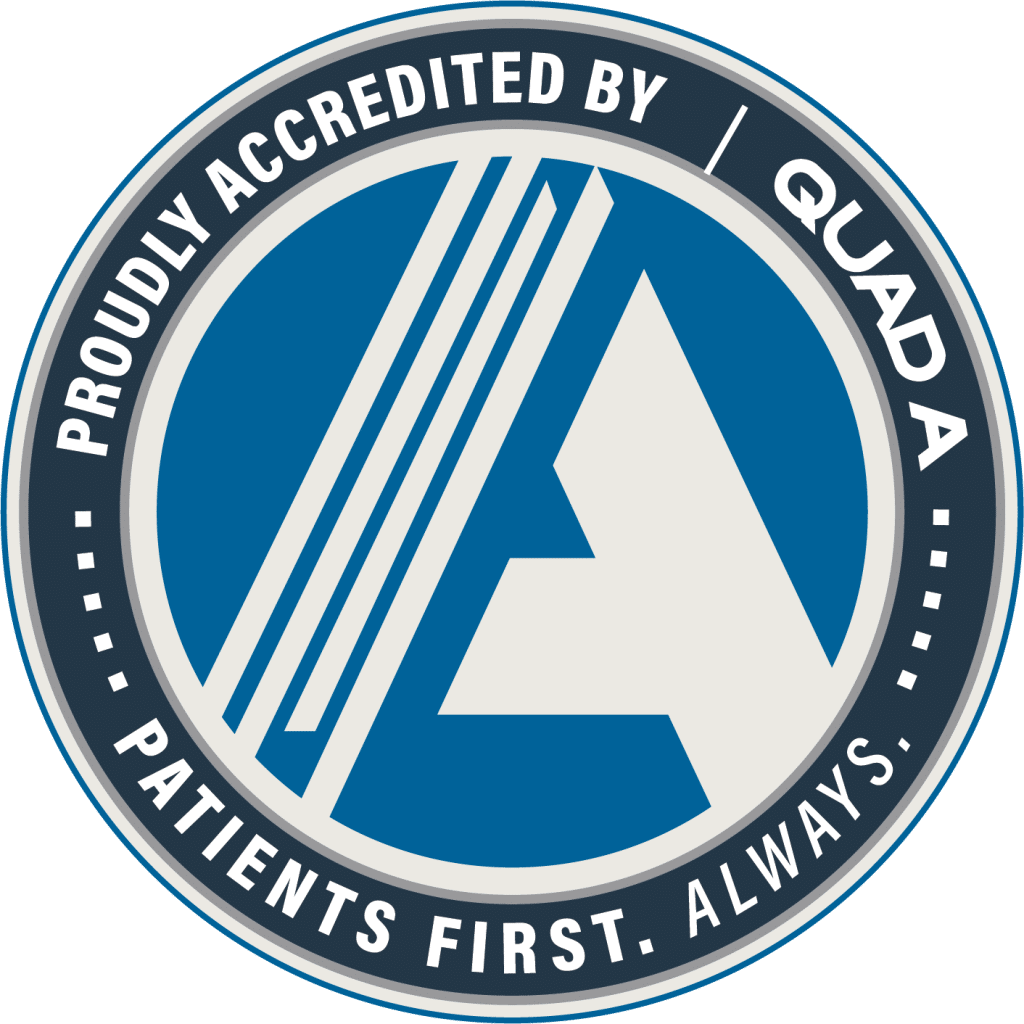Artery Disease
At Vascular Care Specialists of Los Angeles, we understand that hearing about carotid artery disease can be concerning. It's natural to have questions and feel uncertain, but please know that we're here to support you every step of the way....
carotid artery specialist near me, carotid artery treatment los angeles
understanding carotid artery disease and its risks
carotid artery disease is a serious condition caused by the buildup of plaque inside the carotid arteries, which are responsible for supplying blood to the brain. this narrowing, known as stenosis, increases the risk of stroke and other neurological issues. recognizing symptoms and seeking a carotid artery specialist near me early is crucial in preventing life-altering complications.
symptoms may include sudden numbness, dizziness, blurred vision, or trouble speaking. if you've experienced any of these warning signs, seeking carotid artery treatment los angeles promptly can greatly improve your health outcomes. even in the absence of symptoms, routine screenings can identify risks in patients with underlying conditions such as high blood pressure or high cholesterol.
comprehensive diagnostic and surgical options
at our carotid artery clinic in los angeles, we use advanced imaging techniques such as duplex ultrasound, ct angiography, and mr angiography to assess the severity of arterial blockage. these non-invasive tools help our vascular specialists create customized treatment plans tailored to each patient’s condition and risk factors.
treatment options range from lifestyle modifications and medication management to surgical interventions like carotid endarterectomy and carotid artery stenting. our team of experts is equipped to guide you through every step of your journey with clarity, compassion, and professionalism. patients searching for a carotid artery specialist near me can expect top-tier care that prioritizes safety and results.
we are proud to serve the community through our trusted carotid artery clinic in los angeles, offering both preventive care and advanced surgical techniques. whether you require routine monitoring or urgent intervention, you’ll be treated with expertise and respect.
why choose our vascular experts in los angeles
choosing the right provider for carotid artery treatment los angeles means working with a team that understands both the science and the human side of care. our board-certified vascular surgeons and staff bring years of experience to the table, ensuring every patient is met with accurate diagnoses, clear communication, and long-term support.
our facility stands out not only as a carotid artery clinic in los angeles but also as a center of excellence for vascular care. we integrate leading-edge technology, evidence-based practices, and compassionate service to ensure the highest standard of treatment. whether you're here for an evaluation or a surgical procedure, our goal is to make your experience as smooth and stress-free as possible.
for those seeking a vascular specialist for carotid disease near me, our commitment to your wellbeing begins the moment you contact us. from consultation to recovery, you can count on us to provide informed, efficient, and empathetic care tailored to your individual needs.
if you or a loved one has been diagnosed with carotid artery disease, don’t delay. finding a qualified carotid artery specialist near me is the first step toward protecting your brain health and quality of life. reach out today to schedule your consultation and discover how our team can help you move forward with confidence.
our clinic offers accessible appointments, comprehensive follow-ups, and a patient-first approach that makes your health our priority. we welcome new patients seeking carotid artery treatment los angeles and encourage early screenings for anyone at increased risk.
take action today—your health and future are too important to wait. partner with a trusted carotid artery specialist near me and start your journey toward better vascular health.


At VCSLA, we prioritize your health by utilizing non-invasive and painless diagnostic tools. A carotid duplex ultrasound is commonly used to detect any plaque buildup or narrowing in the carotid arteries. If necessary, further imaging tests like a carotid angiogram, CT scan, or MRI may be conducted to provide a detailed view of the arteries.
This is a non-invasive, painless test that uses sound waves to create detailed images of your carotid arteries. It helps us:
- Detect plaque buildup or narrowing in the arteries.
- Assess blood flow through the arteries in real-time.
- CT Angiography (CTA): A CT scan combined with a contrast dye injection provides detailed images of the carotid arteries to assess the severity of narrowing or blockage.
- Magnetic Resonance Angiography (MRA): An MRI with or without contrast dye creates high-resolution images of blood vessels, offering another detailed view of the carotid arteries.
Treatment Options
We offer a range of personalized treatments to address Aortic aneurysms, including:

01
Lifestyle Modifications
The first line of defense often involves addressing the underlying risk factors that contribute to carotid artery disease.

02
Medications
Medications are commonly prescribed to manage the risk factors and reduce the likelihood of complications

03
Carotid Endarterectomy
This surgical procedure is performed to remove plaque buildup directly from the carotid artery.

04
Carotid Artery Stenting
For patients who may not be candidates for traditional surgery, carotid artery stenting is a less invasive alternative.
Carotid artery disease often develops silently, but warning signs may include sudden numbness or weakness on one side of the body, difficulty speaking, vision problems, dizziness, or a severe headache. These could signal a transient ischemic attack (TIA) or stroke and require immediate attention.
Risk Factors
Understanding the factors that contribute to carotid artery disease is a crucial step in preventing its progression. Certain lifestyle habits, medical conditions, and genetic predispositions can increase your risk.
- Age
- Smoking
- Family History
- High Blood Pressure
- Obesity
- High Cholesterol
- Sedentary Lifestyle
- Previous Cardiovascular Conditions
Symptoms
Carotid artery disease often develops silently, but warning signs may include sudden numbness or weakness on one side of the body, difficulty speaking, vision problems, dizziness, or a severe headache.
- Sudden weakness or numbness in the face, arms, or legs, often on one side of the body.
- Trouble speaking or understanding speech (aphasia).
- Vision problems in one or both eyes, such as blurred or partial vision loss.
- Dizziness or loss of balance and coordination.
- Severe, unexplained headache (may indicate a transient ischemic attack or stroke).
The team at VCSLA is incredible! They took the time to explain my treatment options and made me feel completely comfortable. I’m grateful for their expertise and compassionate care.
Mei Saeng
Beverly Hills, CA
Dr. Cheung and Dr. Lin are truly experts. They guided me through every step of my procedure, and the results have been life-changing. I feel healthier and more confident than ever!
Michael Thompson
Anaheim, CA
From the first consultation to my follow-up appointments, the entire experience at VCSLA has been exceptional. The staff is attentive, and the doctors genuinely care about their patients.
Cynthia Gutiérrez
La Jolla, CA
Our commitment to excellence in vascular health is backed by our team’s extensive credentials, advanced treatment options, and a proven history of successful outcomes. From state-of-the-art technologies to compassionate, personalized care, we prioritize your well-being at every step of the journey.
- Board-certified specialists with decades of combined experience in vascular care.
- Proven success stories with patients experiencing improved mobility, faster healing, and better quality of life.
- Cutting-edge diagnostic and treatment technologies tailored to your specific needs.

Our expert team is here to provide personalized care and advanced treatment options tailored to your unique needs.
Schedule your consultation today and take the first step toward better vascular health.